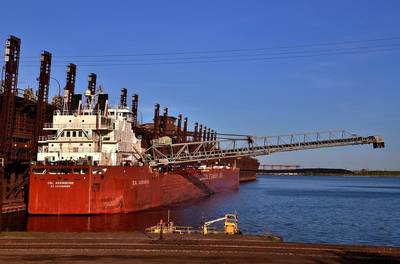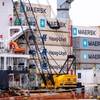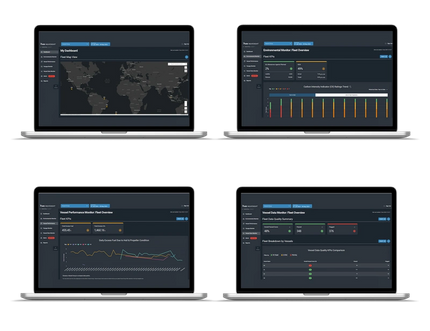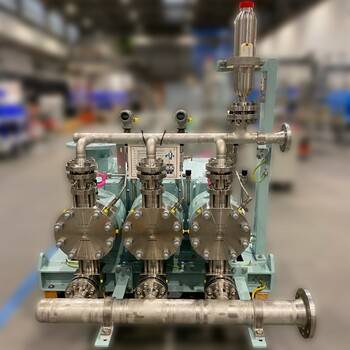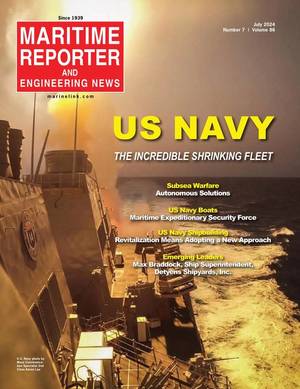St. Lawrence Seaway Cargos up 3% over 2013
Total cargo shipments on the St. Lawrence Seaway have surpassed 2013 levels despite one of the most difficult starts to the shipping season in years due to ice coverage. According to Seaway figures, total cargo tonnage from March 25 to August 31 reached 20 million metric tons, up 3 percent over the same period last year.
Vanta Coda, Executive Director of the Duluth Seaway Port Authority, said, “It’s taken several months to even get close to catching up from the icy start to this shipping season but, by mid-summer, cargo shipments through the Port of Duluth-Superior had rebounded significantly. The port has shown strong gains, particularly in general cargo handling and iron ore shipments. In fact, one-third of the iron ore that shipped out of Duluth-Superior through July was bound for Canadian steel mills or transloaded at a Canadian port on the Seaway for overseas export. Here at our Port Terminal in Duluth, we’ve welcomed six ships from Europe loaded with mining equipment, wind turbine components and other energy-related cargos as well as a Kaolin clay shipment from Brazil…and another half-dozen general cargo shipments are on the books for fall.”
The strong recovery has been fuelled by grain exports, increases in road salt inventories for Great Lakes municipalities and an influx of specialty steel and other metals for the automotive and construction industries. Construction materials such as stone and cement have also been in strong demand.
Total grain shipments (including U.S. and Canadian) have reached 5.6 million metric tons, up 73 percent over last year. U.S. grain so far this season has totaled 630,000 metric tons, up 13 percent.
General cargo tonnage — including specialty steel imports as well as aluminum and oversized project cargo like machinery or wind turbines — has topped 1.5 million metric tons, up 66 percent.
Year-to-date dry bulk cargo totaled 4.9 million metric tons, with strong increases in construction materials such as stone and cement, as well as road salt.
Speciality steel is shipped through the St. Lawrence Seaway to the ports of Cleveland, Detroit, Burns Harbor, Toledo and Milwaukee, and then further processed by U.S. manufacturers for use in the automotive industries.
Joe Cappel, Director of Cargo Development for the Toledo-Lucas County Port Authority, said, “Despite the late start, year-to-date tonnage at the Port of Toledo has caught up to and surpassed the 2013 shipping season. In addition to increases in dry bulk materials, the Port has experienced a rise in steel coil shipments from both Canada and Italy. Steel arriving from these locations is shipped to processing facilities near Toledo where it is treated and cut to meet the needs of manufacturers throughout the Toledo region.”
Stephen Brooks, President, Chamber of Marine Commerce, said, “The fact that Seaway shipments have not only recovered after the season’s icy start but have now surpassed 2013 levels is testament to the navigation system’s resiliency. Vessels have been extremely busy carrying grain for export, steel and aluminum for the U.S. automotive industry and materials for construction and this level of activity is expected to continue until the end of year.”
The bi-national Great Lakes-St. Lawrence Seaway marine industry generates $35 billion in business revenues and supports 227,000 jobs in the U.S. and Canada.




